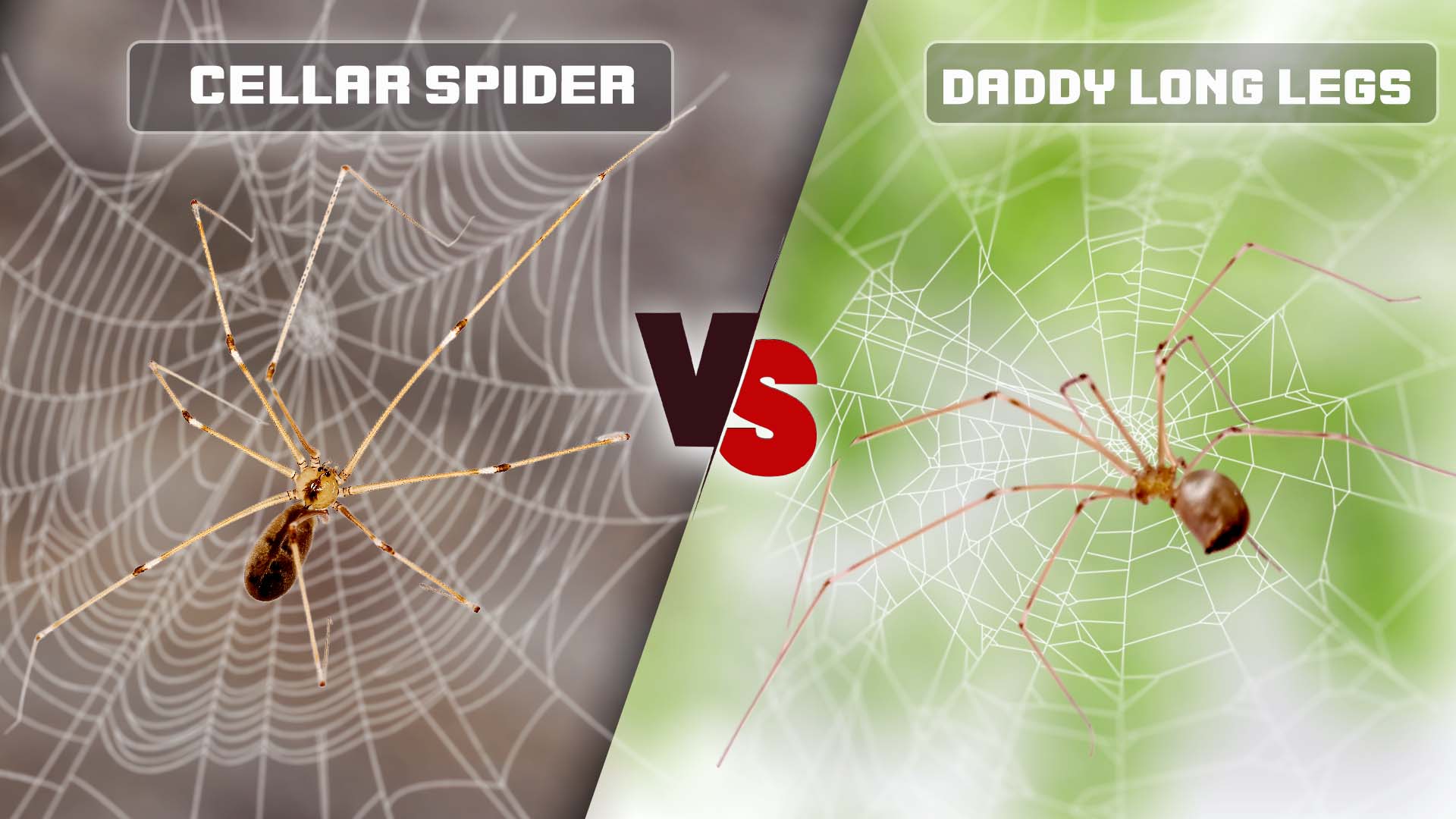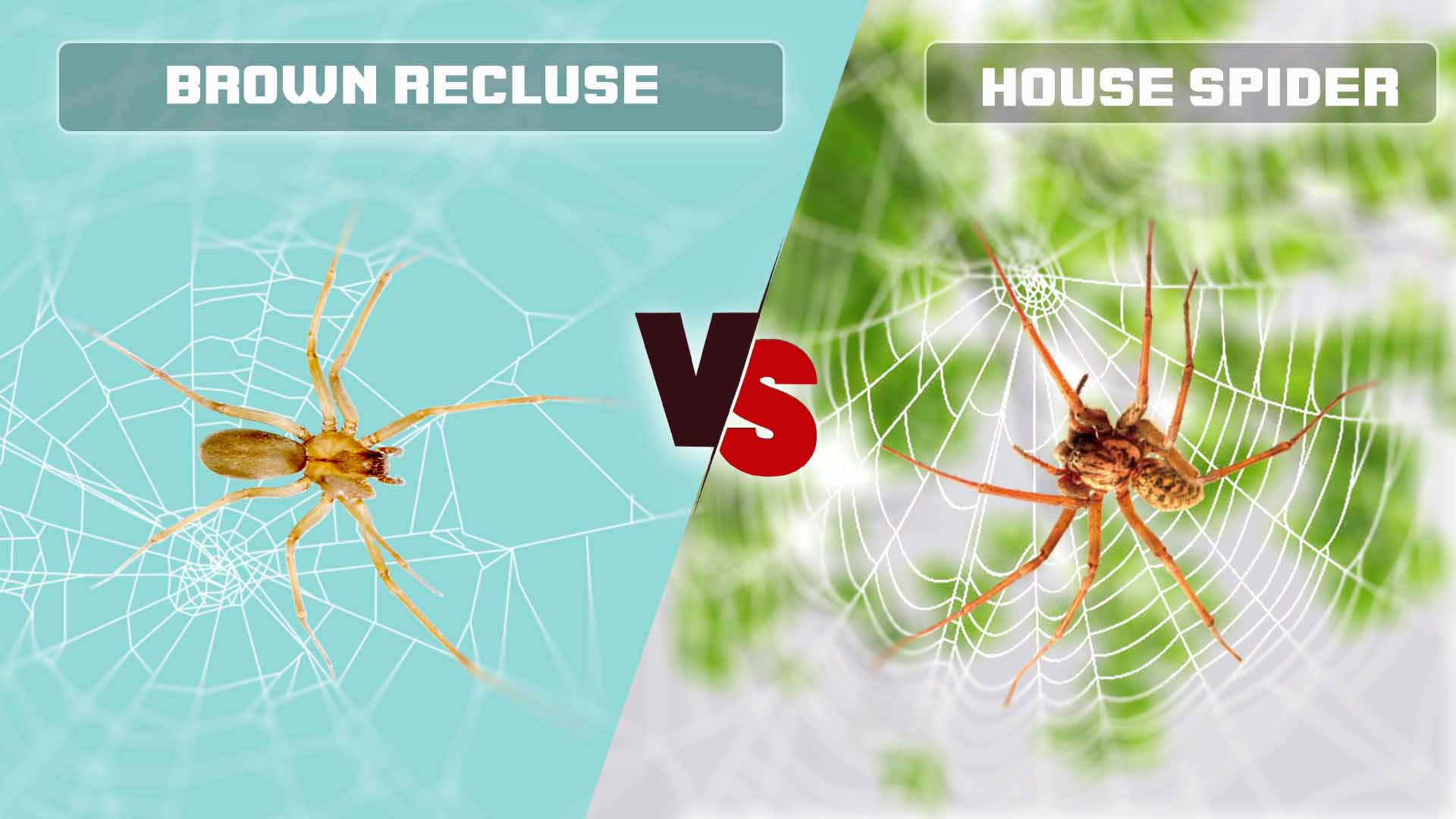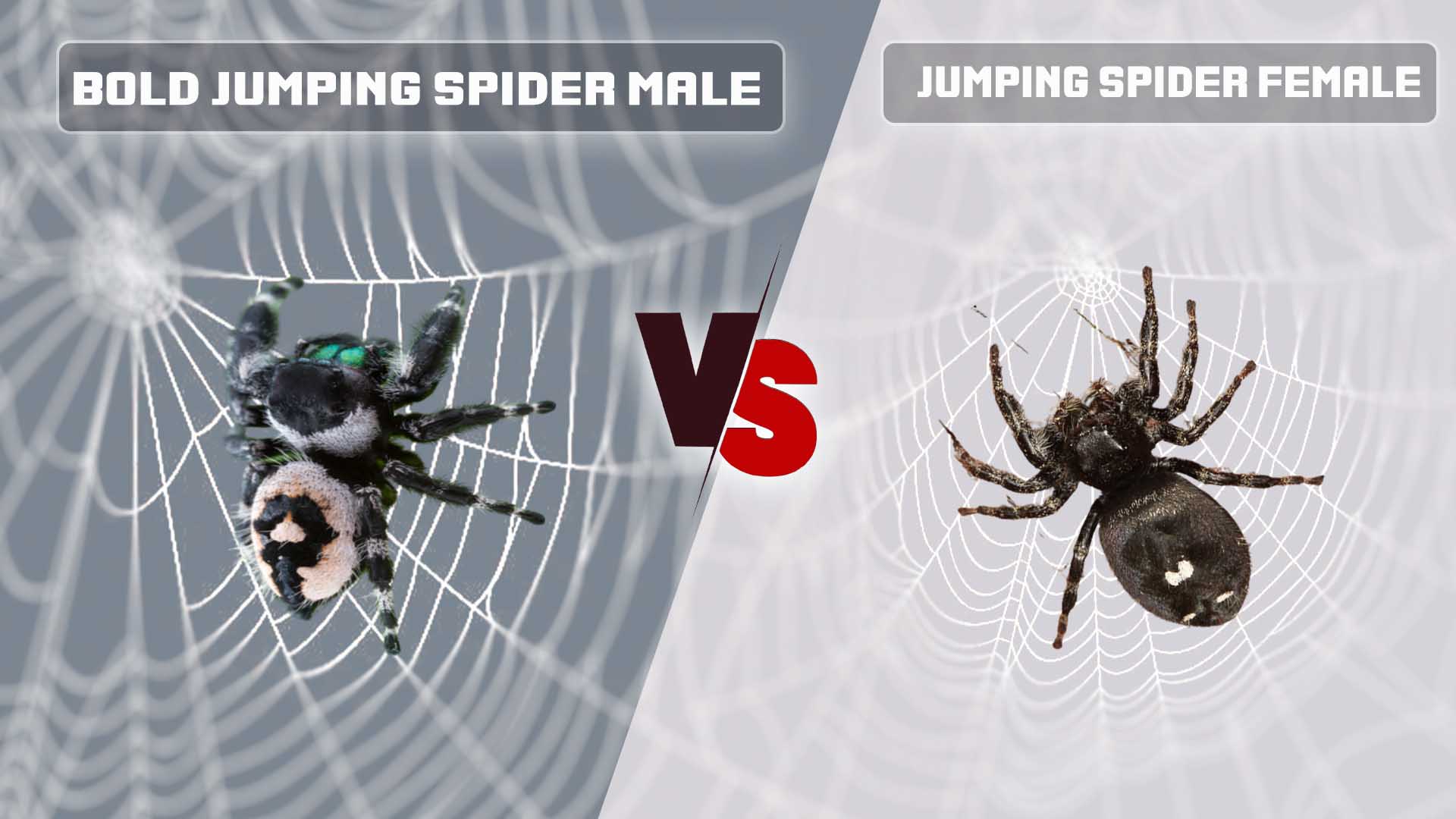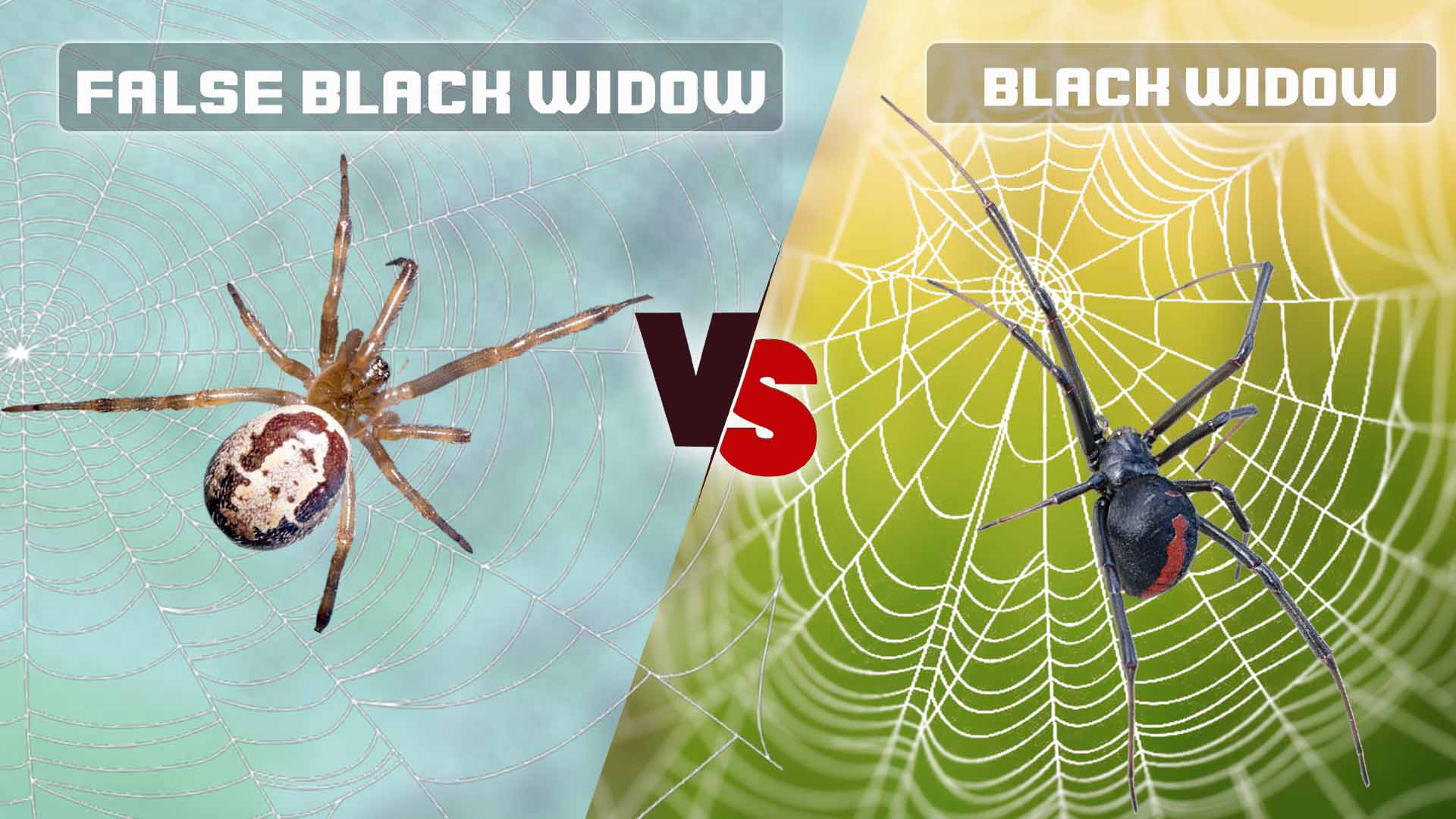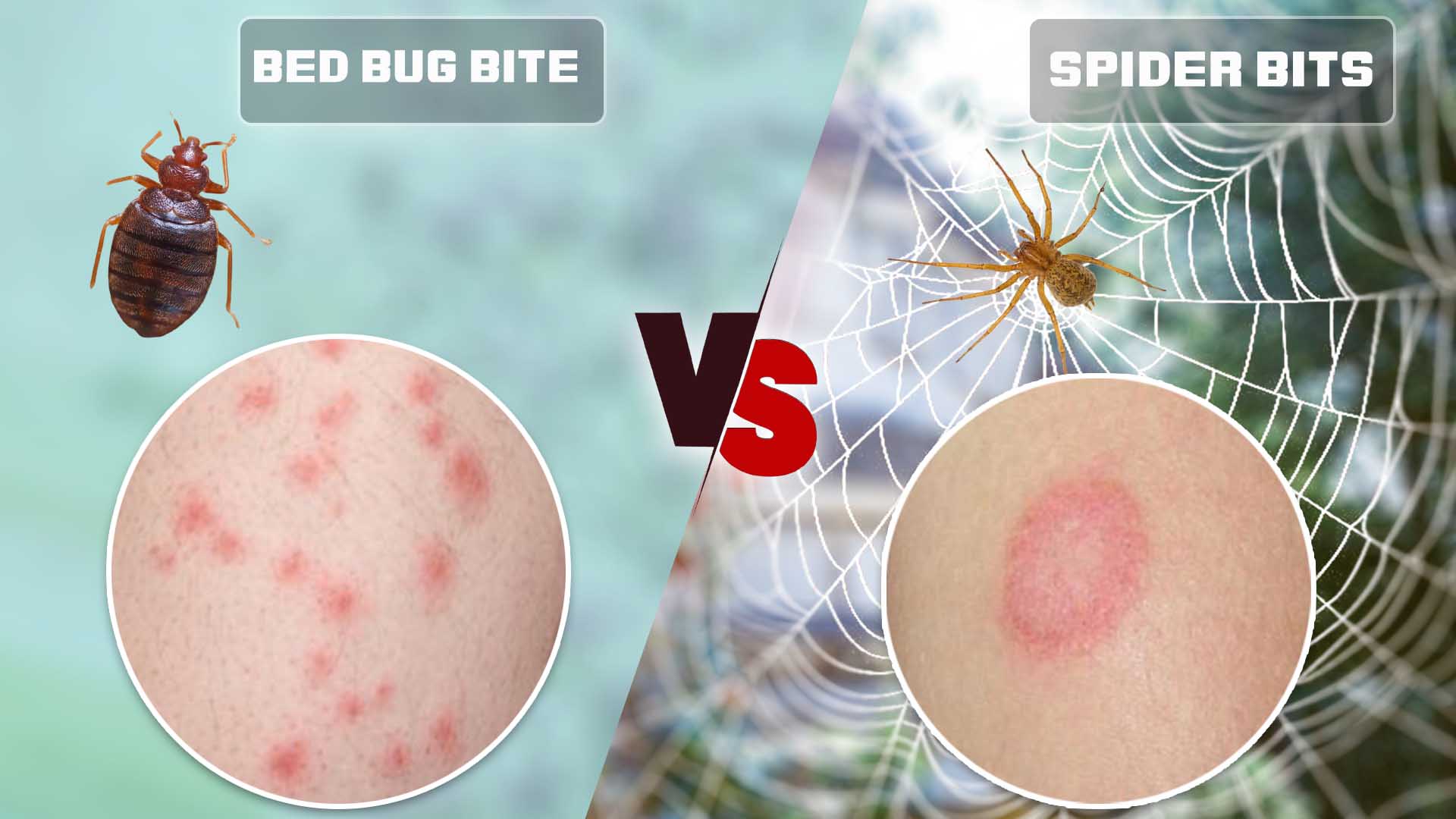When it comes to arachnids, two common species that often get mixed up due to their similar appearance are the Cellar Spider vs the Daddy Long Legs. While they may look alike at first glance, a closer inspection reveals several key differences between these two fascinating creatures.
Here we will explore the distinctions between Cellar Spiders and Daddy Long Legs in terms of size, coloration, leg length, location, appearance, lifespan, behavior, venom level, and bites. We will also discuss methods for identifying these two arachnids correctly.
Comparing Cellar Spider Vs Daddy Long Legs
Cellar Spiders and Daddy Long Legs, often confused due to their similar appearance, differ in several key aspects. Cellar Spiders have a larger body and shorter, irregularly arranged legs, while Daddy Long Legs boast incredibly long, slender legs in proportion to their small bodies. They inhabit distinct environments, with Cellar Spiders favoring indoor, damp spaces, and Daddy Long Legs preferring outdoor areas. Although both are harmless to humans, Daddy Long Legs are often incorrectly believed to be highly venomous, while Cellar Spiders possess venom for prey but pose no threat to people.
Differences Between Cellar Spider and Daddy Long Legs
The Differences between Cellar Spiders and Daddy Long Legs:
| Characteristic | Cellar Spiders | Daddy Long Legs |
| Leg Length | Relatively shorter legs | Extremely long, thin legs |
| Body Size | Larger body relative to legs | Smaller body relative to long legs |
| Habitat | Indoor, dark, and damp areas (basements, cellars) | Outdoor (gardens, shrubs, woodpiles) |
| Web Building | Construct irregular, messy webs for prey | Do not build webs for catching prey |
| Venom Level | Venomous for prey, but not harmful to humans | Produce venom, but not medically significant to humans |
| Bite | Rarely bite humans and pose no threat | Rarely bite and also pose no threat |
| Appearance | Less slender body, legs arranged irregularly | Slender body, long legs arranged gracefully |
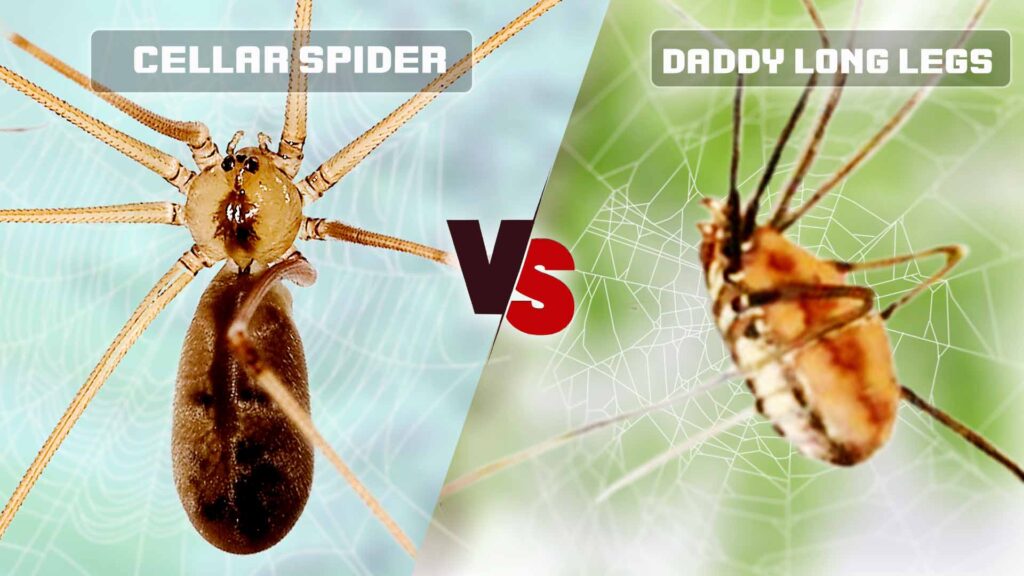
Cellar Spider Vs Daddy Long Legs: Size
One of the primary differences between these two arachnids is their size. Cellar Spiders, also known as Pholcids, typically have a body length ranging from 1/4 to 3/8 of an inch (6-10 mm) and a leg span of around 2 inches (50 mm) or more. Daddy Long Legs, on the other hand, have a smaller body length of about 1/4 to 1/2 inch (6-12 mm) but possess much longer legs compared to their body, giving them an overall leg span of 1 to 2 inches (25-50 mm).
Cellar Spider Vs Daddy Long Legs: Coloration
In terms of coloration, both Cellar Spiders and Daddy Long Legs exhibit relatively similar hues. They are often pale or light brown, sometimes appearing grayish or yellowish. The coloration allows them to blend in with their surroundings, making them less noticeable to potential predators.
Leg Length
Leg length is one of the most distinguishing features between these two arachnids. Cellar Spiders have long, delicate legs, but they are not nearly as elongated as those of Daddy Long Legs. The latter have incredibly long, thin legs in comparison to their small body size, which is why they are often called “longlegs.”
Location and Habitat
Both Cellar Spiders and Daddy Long Legs are commonly found in and around human dwellings. However, they prefer different habitats within these spaces. Cellar Spiders are often found in dark, damp places like basements, crawl spaces, and cellars, hence their name. Daddy Long Legs, on the other hand, tend to inhabit outdoor areas like gardens, shrubbery, and woodpiles.
Cellar Spider Vs Daddy Long Legs: Appearance
While these arachnids share a similar body shape, their overall appearance differs due to leg length and arrangement. Cellar Spiders have a somewhat tangled, irregular leg arrangement, which can give them a messy appearance. Daddy Long Legs, on the other hand, have long, slender legs that extend in a graceful and symmetrical fashion from their small, oval-shaped body.
Related Article
Lifespan and Reproduction
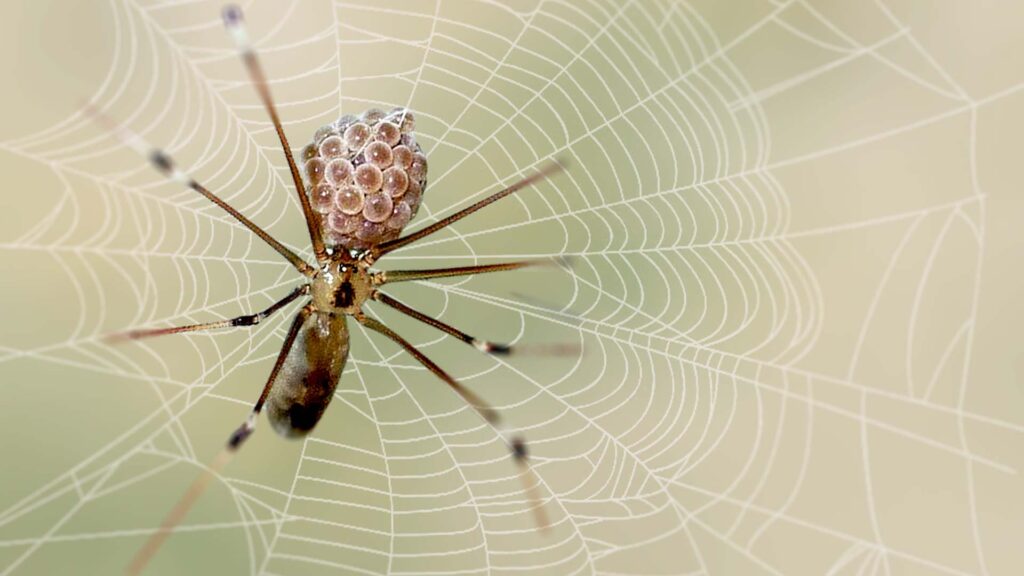
Both Cellar Spiders and Daddy Long Legs have relatively short lifespans. Cellar Spiders typically live for about one to two years, while Daddy Long Legs have a slightly shorter lifespan of around one year. In terms of reproduction, both arachnids lay eggs, but Cellar Spiders tend to produce larger egg sacs, containing more eggs, than Daddy Long Legs.
Cellar Spider Vs Daddy Long Legs: Behavior
When it comes to behavior, both these arachnids are known for being harmless to humans. They primarily feed on small insects and other arthropods. Cellar Spiders are known for their distinctive behavior of hanging upside down in their irregular webs, which they use to catch prey. Daddy Long Legs are also predators but are more commonly seen scavenging for dead insects.
Cellar Spider Vs Daddy Long Legs: Venom Level
One common misconception is that Daddy Long Legs are highly venomous but cannot deliver a venomous bite due to their small fangs. However, this notion is largely a myth. While Daddy Long Legs do produce venom, it is not considered medically significant to humans. Cellar Spiders, on the other hand, possess venom that is effective against their prey but poses no danger to humans.
Cellar Spider Vs Daddy Long Legs: Bite
Cellar Spiders and Daddy Long Legs, two arachnid species often encountered in and around homes, share a common characteristic: their perceived harmlessness to humans. These creatures are known for their delicate appearance and are often the subject of misconceptions, particularly regarding their bites. However, when it comes to their bites, there are notable differences between these two arachnids.
Cellar Spider Bite:
Cellar spiders, scientifically known as Pholcidae, are notorious for their erratic and haphazard webs, often seen hanging upside down in dark, secluded corners of basements, cellars, and other dimly lit areas. Despite their somewhat intimidating appearance, their bites are seldom reported, and when they do occur, they are usually harmless to humans.
The venom of cellar spiders is primarily used to immobilize their prey, which consists of small insects and other arthropods. Their fangs are too short and delicate to penetrate human skin effectively. Even if a cellar spider were to bite a person, the venom is generally considered non-toxic to humans. At most, a cellar spider bite may cause a slight, localized discomfort or mild irritation, similar to a mosquito bite. Allergic reactions or severe symptoms are extremely rare, making cellar spiders a non-concern for most individuals.
Daddy Long Legs Bite:
Daddy Long Legs, also known as harvestmen, belong to the order Opiliones and are often confused with true spiders due to their similar appearance. However, there is a common myth that suggests Daddy Long Legs are highly venomous but cannot bite humans because their fangs are too short. This myth is only partially true.
Daddy Long Legs do possess venom glands and fangs, but their venom is not medically significant to humans. The primary reason these arachnids are unlikely to bite humans is their non-aggressive nature. They typically feed on small insects and organic debris, preferring scavenging to hunting. If a Daddy Long Legs were to bite a person, the result would likely be minimal discomfort, similar to the sensation of a minor insect bite.
Identification: The Cellar Spider Vs Daddy Long Legs
Cellar Spiders (Pholcidae) and Daddy Long Legs (harvestmen) are two arachnid species that are often mistaken for one another due to their similar appearance. Both have small, delicate bodies and long, thin legs, which can make telling them apart a bit challenging at first glance. However, upon closer inspection, several key characteristics can help you differentiate between these two intriguing arachnids.
Cellar Spider Identification:
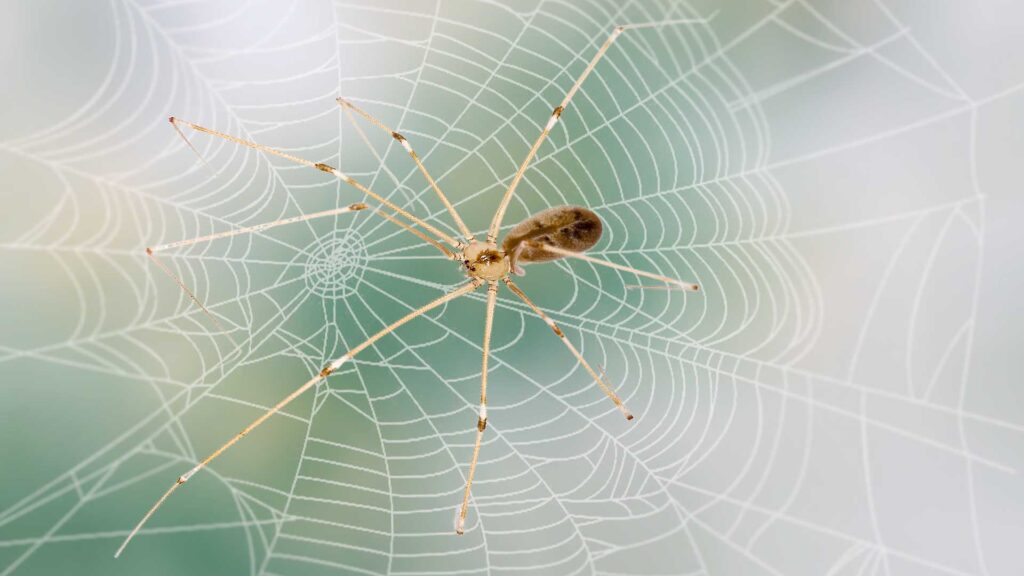
Cellar spiders have a relatively larger body compared to their leg length. While their legs may appear somewhat delicate, they are not exceptionally long or thin when compared to their body.
The body of a cellar spider is typically about 1/4 to 3/8 of an inch (6-10 mm) in length, and its leg span is roughly 2 inches (50 mm) or more.
Cellar spiders are commonly found in indoor environments, particularly in dark and damp places such as basements, cellars, crawl spaces, and even garages.
They prefer areas with higher humidity and often construct irregular, tangled webs to catch prey. These webs are usually found in corners or crevices.
One of the defining characteristics of cellar spiders is their behavior of hanging upside down in their webs. They use these irregular, messy webs to capture insects and other small arthropods.
Daddy Long Legs Identification:
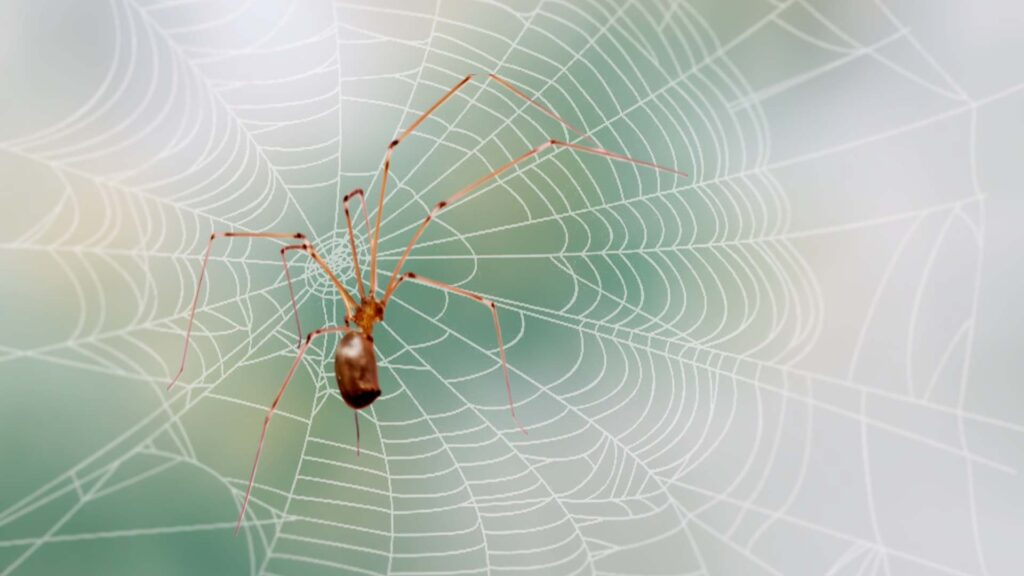
Daddy Long Legs have extremely long and thin legs, which are significantly longer than their small, oval-shaped body.The leg span of a Daddy Long Legs can range from 1 to 2 inches (25-50 mm), making their legs their most distinctive feature.
Daddy Long Legs are primarily outdoor arachnids and are rarely found indoors. They prefer natural environments such as gardens, shrubbery, woodpiles, and forested areas.
These arachnids are well-adapted to outdoor habitats and are often encountered in vegetation or on the ground.
Unlike cellar spiders, Daddy Long Legs do not build webs for capturing prey. Instead, they are scavengers that feed on small insects, decaying plant matter, and other organic debris.They are more commonly seen wandering on the ground or clinging to vegetation. Daddy Long Legs are not active hunters in the same way that cellar spiders are.
FAQs
Are cellar spiders and Daddy Long Legs identical?
No, cellar spiders and Daddy Long Legs are not the same. They are two distinct arachnid species with differences in body proportions, habitat preferences, and behavior. Cellar spiders have relatively larger bodies compared to their leg length and are often found indoors, while Daddy Long Legs have extremely long, thin legs and are primarily outdoor arachnids.
Do Daddy Long Legs eat other spiders?
Daddy Long Legs are not known for actively preying on other spiders. They primarily feed on small insects, decaying plant matter, and organic debris. While they may consume spiders occasionally, it is not a primary part of their diet.
Are cellar spiders strong?
Cellar spiders are not particularly strong in the context of physical strength. They are delicate arachnids with relatively fragile bodies and legs. However, they have evolved unique behaviors and adaptations, such as the ability to vibrate their webs when threatened, which can deter potential predators or threats.
What kind of spider eats Daddy Long Legs?
Several spider species and other predators may prey on Daddy Long Legs. Some larger spider species, such as wolf spiders and orb-weaver spiders, could potentially feed on Daddy Long Legs if they come across them. Additionally, birds, amphibians, and small mammals may include Daddy Long Legs in their diet, depending on their habitat and dietary preferences.
Conclusion:
While Cellar Spiders and Daddy Long Legs may look alike at first glance, they exhibit distinct differences in terms of size, leg length, habitat, appearance, behavior, venom level, and bites. By understanding these variations, you can easily differentiate between these two arachnids and appreciate their unique characteristics in the world of spiders.

